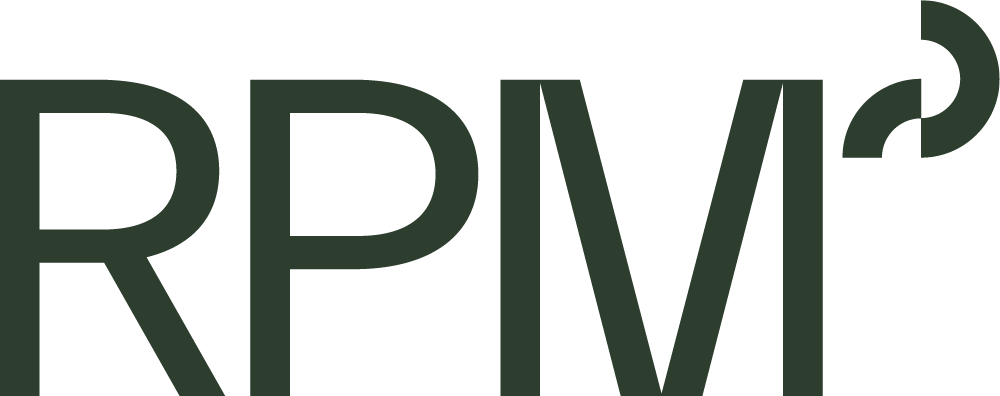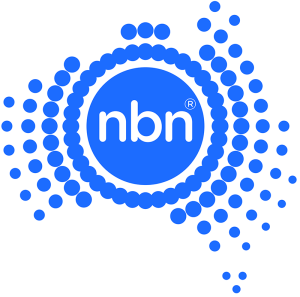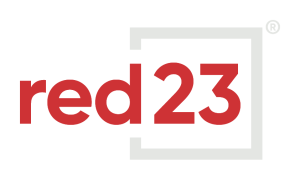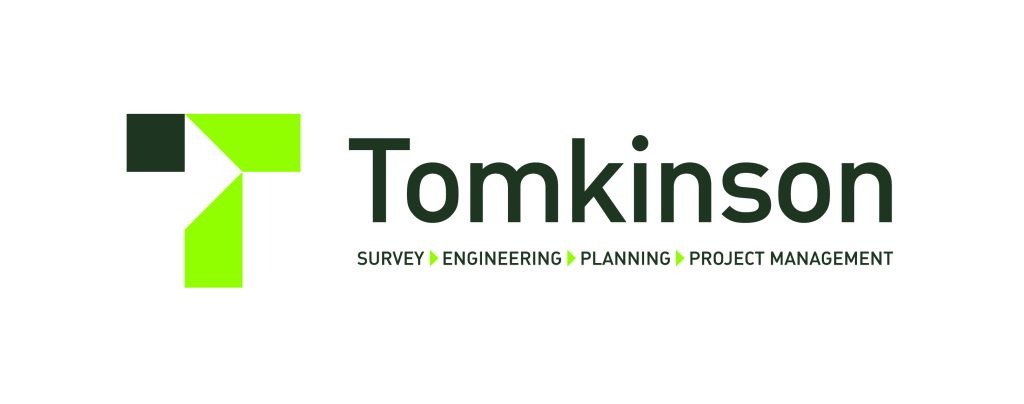UDIA Victoria, in partnership with RPM Group, has released the latest quarterly URBAN IQ research publication.
The research provides data, research and analysis to help our members understand the conditions in which we are operating.
Read the full Urban IQ Q2 here
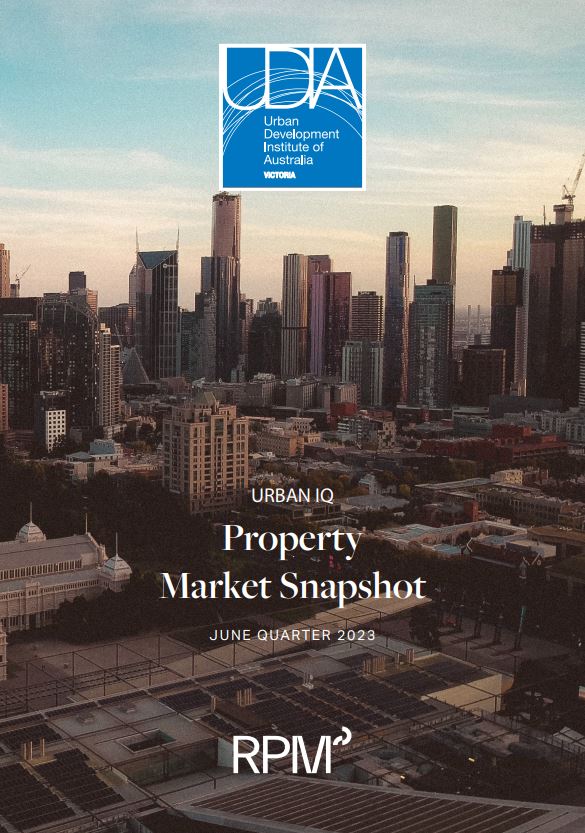
Summary of Key Findings
Economic Overview
- Gross Domestic Product
GDP growth is forecast to be subdued through the second half of the year. While it is more likely that the tightening monetary policy has ended, substantially higher mortgage repayments will continue to impact real disposable income. - Household Savings Ratio
More and more households are facing financial strain with people needing to dip into their savings at a greater rate. The household savings ratio is now 3.2% for the quarter – the lowest level in 15 years. - Household Consumption
Discretionary spending continues to fall with recreation and culture (-2.5%), household furnishings and equipment (-2.5%), cigarettes and tobacco (-1.6%), and alcoholic beverages (-0.6%) leading the contraction. - Interest Rates
4.10% Cash Rate (Sep 23)
8.52% Standard Variable Rate for Owner Occupiers (Aug 23)
7.06% Discounted Variable Rate (Aug 23)
6.58% 3 Year Fixed Rate (Aug 23)
The Reserve Bank of Australia (RBA) has left the cash rate unchanged at 4.10% at its last three meetings to September. However, tight labour markets are persisting and inflation in the services sectors remains a concern. Subsequently, despite the uncertain outlook for the economy, the RBA maintains a tightening bias towards monetary policy. - CPI and the New Dwelling Index
6.03% Australian CPI Q1 year on year.
1.15% CPI Index for new dwellings Q2 2023.
2.47% CPI Index for rents Q2 2023. - Labour Markets
Currently, Victoria boasts a robust employment market with little spare capacity. However, forecasted declines in demand for goods and services in late 2023 is expected to reduce labour needs, softening labour market conditions. - Wages vs. CPI
Hourly rates of pay index for Victoria rose by 0.69% quarterly and 3.60% annually representing the highest annual increase in over a decade. Despite this, inflation continues to outpace wage increases resulting in a decline in real household disposable income. - Market Sentiment
Although consumer sentiment has stabilised, it remains restrained. While the current 81.0 reading is an improvement from last quarter, it resembles the cautious atmosphere of the Global Financial Crisis. - NAB Business Conditions Index
Business conditions remained positive in July, with the NAB Index recording a significant 6.5 point rise, underpinned by robust trading, profitability, and employment conditions. - Victorian Population
Victoria’s population increased 53,484 in Q2 2023 (latest available data), marking the highest increase post pandemic result. The boom is largely attributed to net overseas migration resuming following the 2022 reopening of international borders. - Active Estates
New housing developments in greenfield areas have continued to climb, rising to 26 over the twelve month period to August, to a total of 278 active estates. - Lot Supply
New supply has contracted again, with low absorption and increased lot supply in the secondary market discouraging the release of new lots. - Lot Sales
Gross lot sales edge higher over the three months to August, however, remain relatively weak as evident by their 35% annual decline. - Share of Sales by Corridor
Sales activity continues to be heavily concentrated in Melbourne growth areas, with the proportion of lot sales in regional areas diminishing through 2023. - Lot Price Change
Based off headline figures, most growth areas have experienced annual lot price growth. Although much of this increase is being eroded by rebates and discounts. - Lot Sizes
Lot sizes are steadying at a level that for purchasers is both affordable and allows for the build of the preferred home size. - Melbourne Residential Market
$937,500 = Median House Price.
-1.1% change from Q1 2023.
-12.6% from Q2 2022.
$630,500 = Median Unit Price.
+3.2% change from Q1 2023.
-5.5% from Q2 2022.
$386,000 = Median Lot Price.
+1.6% change from Q1 2023.
+1.6% from Q2 2022.
Weaker demand in the new home market has not impacted headline lot prices, with the median lot value edging higher by 1.6% over June quarter 2023 to a new record of $386,000.
Building Activity
- Victoria Building and Finance Activity
Average first home buyer loan size is down -1.5% reflecting a withdrawal of buyers who traditionally transact at the more affordable price brackets – $494,963. - Detached Home Approvals Activity
11,610 approvals, or a 23% reduction from Q2 2022. - Approvals and Commencements
11,610 dwelling were approved in Q2, which is a 2% quarterly increase but 23% annual decrease – the decline largely attributed to the fall in apartment approvals over the last year. - Commencements
Although interest rates look to have stabilised to a degree, the heightened levels are set to remain for some time. House starts are projected to be just 28,250 by FY25, which would be the lowest level since FY13. - Growth Area Affordability
Historically, the common benchmark for identifying housing stress in Australia has been identified as those that allocate at least 30% of disposable household income to finance their mortgage. This ratio has been in place for decades but recently, there is a growing view that the ratio should be closer to 35% to 40% to reflect today’s market.
All growth area suburbs now have mortgage-to-income ratios above 35%, indicating the impact of heightened interest rates on housing affordability and loan serviceability.
There are only 6 suburbs with a mortgage-to-income ratio between 35% and 39%, highlighting the impact constrained affordability and interest rate rises have had on residents.
Outlook
TAILWINDS
- Re-opening of state and international borders
Net overseas migration is a key driver of economic growth. Its return will boost economic activity and alleviate staff shortages across industries. - Tight labour market to underpin wage growth
Wage growth is on the rise – up to the low 4.0%’s. - Melbourne’s Reputation
Melbourne’s reputation has remained in place. Students and investors are coming back.
HEADWINDS
- Consumer confidence
Now at a lower level than during the pandemic, with affordability concerns at the centre of focus. - Inflation pressures
Supply chain issues, overseas conflict and the increased cost of living is contributing to inflation. - Potential further cash rate rises
RBA maintains tightening bias towards interest rates with inflation remaining well above target range 2-3%. - Construction Costs
Although growth in construction costs is slowing, they will remain elevated and not go backwards.

The Urban IQ Property Market reports are produced for UDIA Victoria by RPM Group.
The reports provide a quarterly update on the Victorian residential market including economic activity, prices, finance, building, sentiment and affordability metrics.


